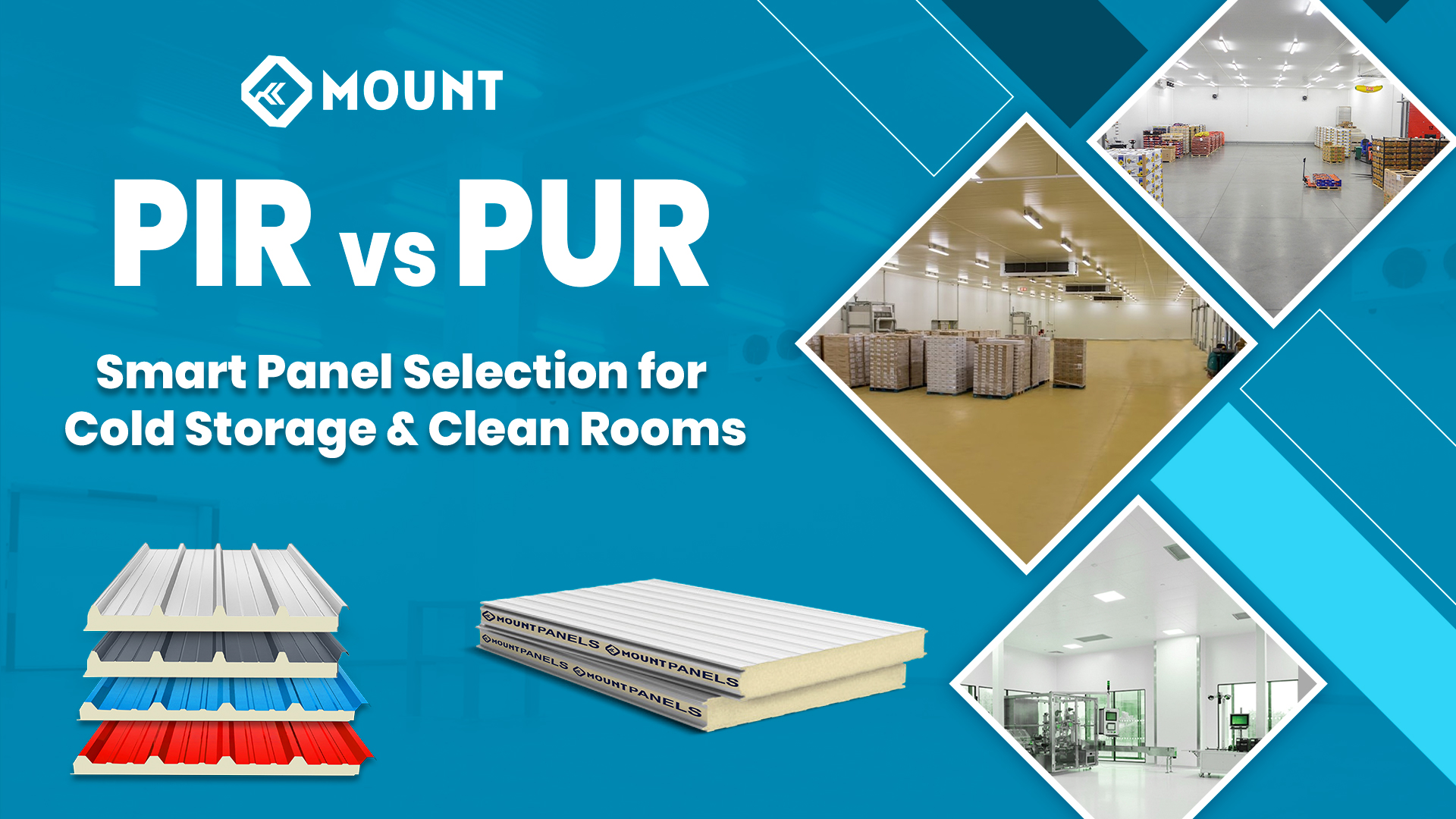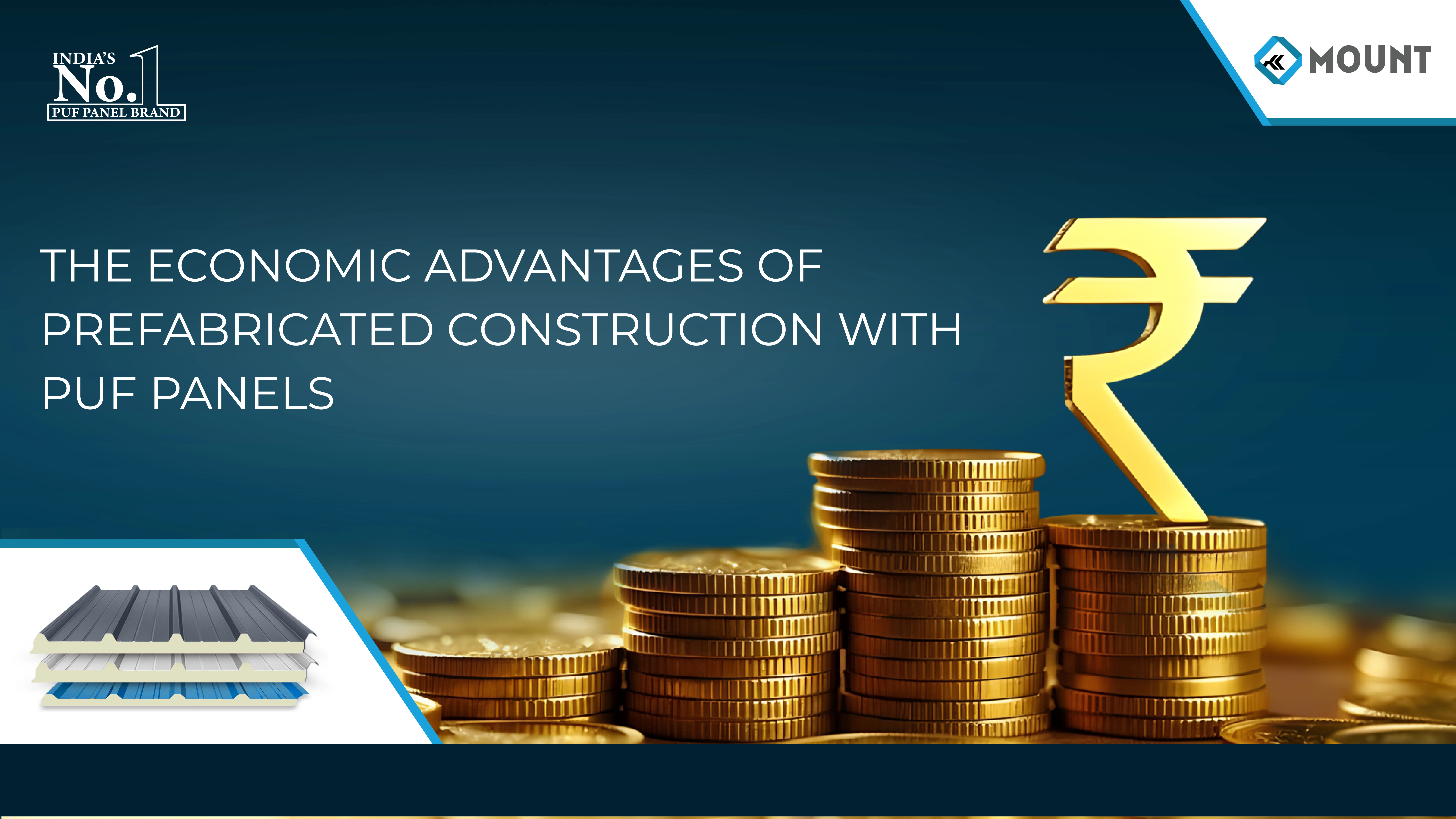
PIR vs PUR: Smart Panel Selection for Cold Storage & Clean Rooms
Selecting the right insulation panels for cold storage facilities and clean rooms is a critical decision that impacts energy efficiency, operational costs, and regulatory compliance. When it comes to high-performance insulation solutions, PIR panels and PUR panels stand out as premium choices for demanding applications. Understanding the differences between these advanced sandwich panels for cold storage will help you make an informed decision that aligns with your project requirements and budget constraints.
Both PIR (Polyisocyanurate) and PUR (Polyurethane) panels offer superior thermal performance compared to traditional insulation materials, but each has distinct characteristics that make them suitable for specific applications. This comprehensive guide will explore the key differences, advantages, and ideal use cases for both panel types to help you choose the most appropriate solution.
Understanding PIR Panel Technology
PIR panel manufacturer Mount specializes in producing high-quality polyisocyanurate panels that deliver exceptional thermal performance and fire resistance. PIR panels feature a rigid foam core created through a chemical reaction between polyol and isocyanate compounds, resulting in a closed-cell structure with outstanding insulation properties.
The manufacturing process of PIR panels creates a more stable foam structure compared to standard polyurethane, making them ideal for applications requiring consistent performance over extended periods. These panels typically achieve thermal conductivity values as low as 0.022 W/mK, making them extremely energy-efficient for cold storage wall panel applications.
PIR panels excel in high-temperature environments and offer superior fire resistance, often achieving Class B fire ratings according to European standards. This enhanced fire performance makes them particularly suitable for facilities with strict safety requirements, including pharmaceutical manufacturing and food processing plants.
PUR Panel Characteristics and Benefits
PUR panels represent a versatile solution for various insulation applications, offering excellent thermal performance at competitive pricing. Mount’s PUR panel systems utilize high-density polyurethane foam cores that provide reliable insulation while maintaining structural integrity under varying load conditions.
The polyurethane foam in PUR panels creates a uniform cell structure that effectively minimises thermal bridging and air infiltration. This results in consistent thermal performance across the entire panel surface, making them highly effective for maintaining precise temperature control in clean room environments.
PUF sandwich panel technology, closely related to PUR, offers similar benefits with enhanced structural properties. These panels combine lightweight construction with robust performance, making them ideal for large-span applications where structural efficiency is paramount.
Thermal Performance Comparison
When evaluating PUF panel price considerations, it’s essential to analyse long-term energy savings alongside initial costs. PIR panels typically offer slightly better thermal performance with lower lambda values, translating to reduced energy consumption over the panel’s lifespan.
PUR panels provide excellent thermal efficiency at a more accessible price point, making them attractive for projects with budget constraints. The thermal performance difference between high-quality PIR and PUR panels is often marginal, with both achieving impressive insulation values suitable for demanding applications.
Temperature stability represents another crucial factor in panel selection. PIR panels maintain their insulation properties across a broader temperature range, making them ideal for applications experiencing significant temperature variations or extreme conditions.
Application-Specific Considerations
Cold storage wall panels must withstand constant thermal cycling, moisture exposure, and mechanical stress. PIR panels excel in these challenging environments due to their enhanced dimensional stability and moisture resistance properties.
For clean room applications, both panel types offer smooth, easy-to-clean surfaces that meet stringent hygiene requirements. However, PIR panels provide additional benefits in terms of off-gassing characteristics, making them preferred for pharmaceutical and electronic manufacturing environments.
PUF wall panel systems from Mount incorporate advanced edge sealing technologies that minimise air leakage and ensure consistent thermal performance throughout the building envelope. This attention to detail is crucial for maintaining energy efficiency and preventing condensation issues.
Installation and Long-term Performance
Professional installation by qualified PUF panel supplier teams ensures optimal performance and longevity. Mount provides comprehensive installation support and technical guidance to ensure your panel system performs as designed throughout its service life.
Both PIR and PUR panels offer excellent durability when properly installed and maintained. However, PIR panels typically demonstrate superior long-term stability, maintaining their thermal properties longer than standard PUR panels in demanding environments.
Cost-Benefit Analysis
While PIR panels command premium pricing compared to PUR alternatives, their enhanced performance characteristics often justify the additional investment. Factors such as energy savings, maintenance requirements, and service life should be considered when evaluating total cost of ownership.
PUF panels for warehouses and similar large-scale applications benefit from PUR panel cost-effectiveness while still achieving excellent thermal performance. Mount’s engineering team can help optimize panel selection based on specific project requirements and budget parameters.
Final Thoughts
Choosing between PIR and PUR panels depends on your specific application requirements, performance expectations, and budget considerations. PIR panels offer superior fire resistance and thermal stability for demanding applications, while PUR panels provide excellent performance at competitive pricing for standard applications.
Mount’s expertise in sandwich panels for cold storage ensures you receive the most appropriate solution for your project. Our technical team provides comprehensive support throughout the selection, design, and installation process, ensuring optimal performance and long-term satisfaction with your panel system investment.
Frequently Asked Questions
Q1: What is the main difference between PIR and PUR panels?
A: PIR panels offer superior fire resistance and thermal stability due to their polyisocyanurate foam core, while PUR panels provide excellent insulation performance at more competitive pricing using polyurethane foam technology.
Q2: Which panel type is better for cold storage applications?
A: Both PIR and PUR panels excel in cold storage applications. PIR panels offer enhanced performance in extreme conditions, while PUR panels provide cost-effective solutions for standard cold storage requirements.
Q3: How do I determine the right panel thickness for my project?
A: Panel thickness depends on thermal requirements, structural loads, and local building codes. Mount’s engineering team provides thermal calculations and recommendations based on your specific project parameters.
Q4: What is the expected lifespan of PIR and PUR panels?
A: Both panel types offer excellent durability with proper installation and maintenance. PIR panels typically provide 25-30 years of reliable performance, while PUR panels offer 20-25 years of effective service life.


